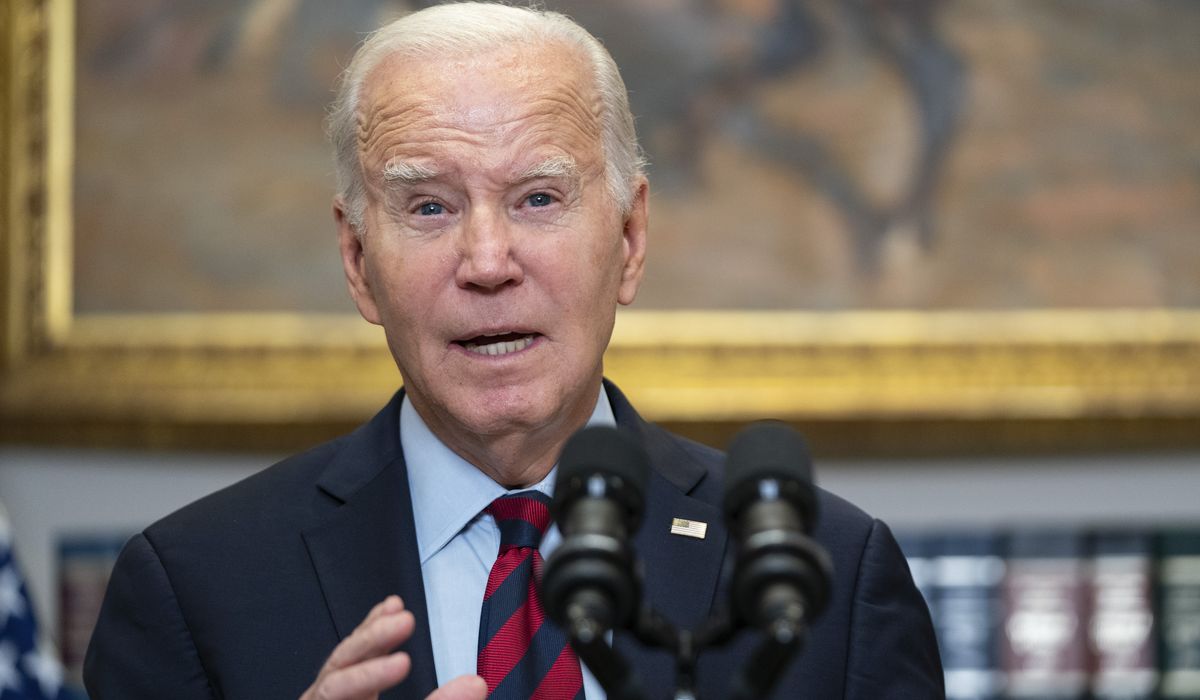


President Biden will head to a Minnesota farm on Wednesday to make the case that his prolific spending has benefited rural voters and highlight the $4 billion doled out to farmers.
The trip is part of a White House plan to inundate rural America with more than a dozen visits over two weeks by Biden officials who will deliver one simple message: We are sending a fistful of cash your way.
Through Mr. Biden’s infrastructure, semiconductor and tax, health and climate laws, the administration is throwing billions in taxpayer funds at rural areas. Those three laws have sent $20 billion to rural health systems, $20 billion for clean-energy agriculture projects, $11 billion for rural electrification, $13 billion for rural clean energy projects and $40 billion to connect rural communities to high-speed internet.
Rural voters are critical to Mr. Biden’s reelection chances in 2024, especially if former President Donald Trump is the Republican nominee. In 2020, Mr. Trump captured 65% of the rural voters, up from 59% in 2016.
The rural spending, however, is just a drop in the Biden budget bucket.
Since taking office, Mr. Biden has exceeded $3.37 trillion in new spending, which is a record. His proposed budget for 2024 totals $6.9 trillion, the largest ever presented by a U.S. president. If approved, Mr. Biden’s budget would be 55% higher than Mr. Trump’s spending in 2019.
The 2024 proposed budget also includes spending that will reach $7 trillion in 2025, $8 trillion in 2028, $9 trillion in 2031 and $10 trillion in 2033.
Republicans charge that the spending is simply unsustainable.
“Despite the president’s attempts to claim the mantle of fiscal responsibility, the truth that spending under the Biden administration has reached staggering levels compared to pre-pandemic federal budgets,” said Sen. John Thune, South Dakota Republican.
The White House argues that voters — especially those in rural areas — are supportive of the programs.
Polls tell a mixed story. A recent Associated Press-NORC Center for Public Affairs survey found that voters want Mr. Biden to rein in spending but not cut expensive programs like infrastructure, health care and social security.
The poll found that 60% of adults think the government is spending too much money, up from 37% in February 2020.
Like the politicians who cater to them, voters struggle to identify where to cut government spending. Only 12% of voters said the government is spending too much on education and 16% said the government should cut back on health care expenditures.
The spending also comes with side effects.
Economists blame Mr. Biden’s massive spending for helping push the inflation rate higher. Inflation has eased since hitting a 40-year high of 9.1% in the summer of 2022, but prices of food, gas and other household items are still high and hitting rural communities the most, according to analysts.
A University of Iowa study released earlier this year, found that inflation had a larger impact on rural residents because they have less discretionary income than rural households. The study found that as of December 2022, expenses now consume 93% of rural take-home pay, up from 85% two years earlier and less than 83% for urban households.
• Jeff Mordock can be reached at jmordock@washingtontimes.com.
